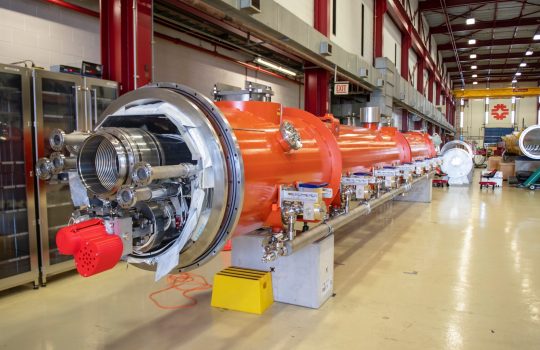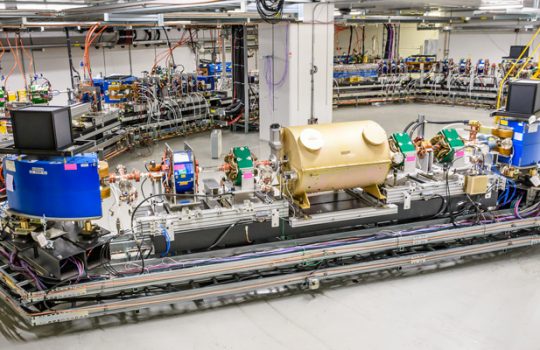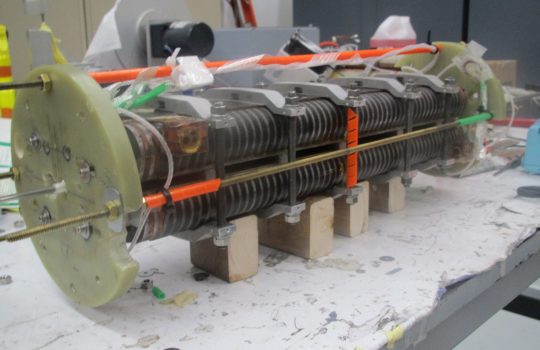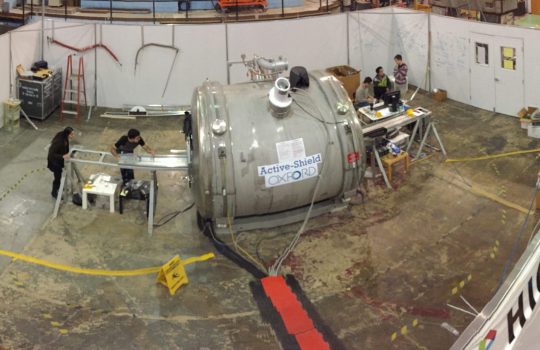Fermilab delivers final superconducting particle accelerator component for world’s most powerful X-ray laser
- Argonne National Laboratory
- Berkeley Lab
- Cornell University
- cryomodule
- DESY
- Jefferson Lab
- LCLS-II
- people
- SLAC National Accelerator Laboratory
- superconducting technology
Fermilab gives a sendoff to the final superconducting component for the LCLS-II particle accelerator at SLAC National Accelerator Laboratory in California. LCLS-II will be the world’s brightest and fastest X-ray laser. A partnership of particle accelerator technology, materials science, cryogenics and energy science, LCLS-II exemplifies cross-disciplinary collaboration across DOE national laboratories.






